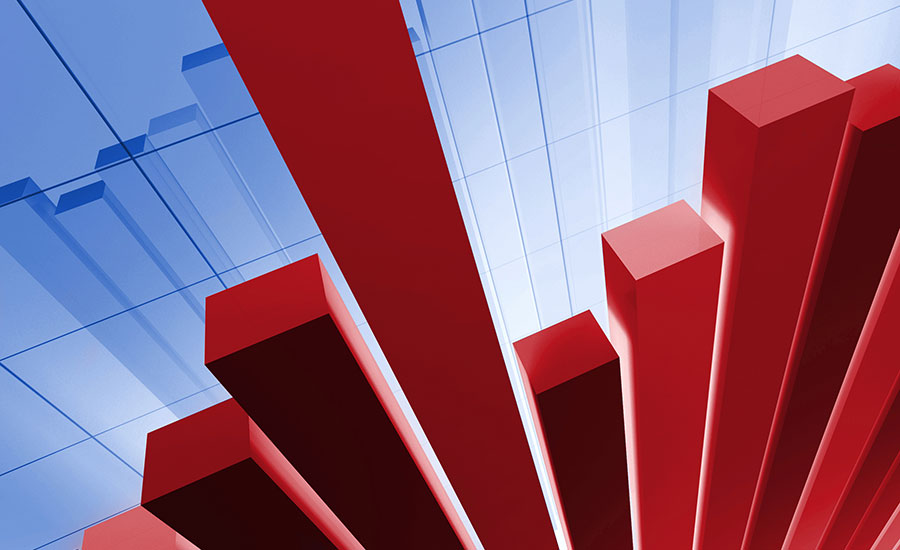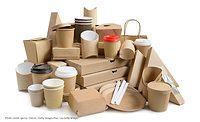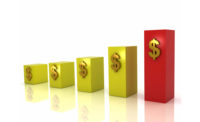Glass Bonding Adhesives Market Exhibits Significant Growth
Growth of the glass bonding adhesives market is sustained by rising application in a range of industries, including construction, automotive, and healthcare.

The global glass bonding adhesives market is anticipated to expand at over 7% CAGR through 2030, according to a recent report by Fact.MR. The market is fast gaining traction with a surge in demand for bonding agents to be used between glass and other materials such as metals, rubbers, plastics, and others, from various industries such as electronics, transportation, and construction. As this kind of adhesive provides the best method of joining for glass, it is highly preferred in the architecture industry.
Growth of the glass bonding adhesives market continues to be sustained by rising application in a range of industries, including construction, automotive, and healthcare. However, as these industries have been impacted on a macro-level by the COVID-19 pandemic, bonding adhesive manufacturers have seen demand waning. According to an analysis, early recovery in these industries will be key to bonding adhesive sales in the short and medium term.
Key takeaways from the glass bonding adhesives market report include:
- UV curable acrylate remains the preferred material
- The building and construction industry will account for highest demand
- Asia-Pacific will continue to be an epicenter, with China and India creating sustainable opportunities
- Steady demand in the U.S. will drive the glass bonding adhesives market in North America during the assessment period
- The COVID-19 outbreak is having an adverse impact on the growth of the global glass bonding adhesives market
Fact.MR quotes an analyst who reports the building and construction industry saw growth of over 6% during the last five years and projects that it is poised for additional growth. This growth will spur demand for glass bonding adhesives, as these adhesives are used in building and construction. Regarding type of adhesive, the analyst reports that "demand for UV glass bonding adhesives is set to exhibit high growth due to their high optical clarity and excellent bonding property."
According to a global market intelligence study by a certified market research and consulting firm, global sales of automobiles were 80 million units in 2017. Though sales figures are expected to fall under 70 million units in 2020, the automotive industry is expected to exhibit further growth through 2030. Glass bonding adhesives join dissimilar materials through fast and cheap joining techniques while providing flexibility and design convenience, and they are highly sought after by the automotive industry. Hence, a growing automotive industry is expected to push the demand curve for glass bonding adhesives further upward over the coming years.
Rising investments in research and development activities in the automotive industry are projected to expand its market value at a rate of over 4% through 2030. Being required in joining various automotive parts and their components, such as alternators, tuners, subwoofers, distributor caps, and others, glass bonding adhesives are experiencing rise in demand from the automotive sector. Technical advancements and increase in demand for various electrical vehicles, passenger vehicles, and others are catering to the growth of the automotive industry, which, in turn, is fueling the growth of the glass bonding adhesives market.
For more information about this report, visit www.factmr.com.
Looking for a reprint of this article?
From high-res PDFs to custom plaques, order your copy today!



.jpg?height=200&t=1709670950&width=200)

